.png.transform/rendition-xs/image_image%20(1).png)
Olé! Food and Wine for Andalusia Day!
We talked to internationally acclaimed chef Periko Ortega and Andalusia expert Tomás de Soto Rioja about what we should eat and drink to celebrate Andalusia Day on February 28th
February 28th is Andalusia Day. To celebrate this rich gastronomic region along Spain’s sunny southern coast, we talk to the natives. Here’s internationally acclaimed chef Periko Ortega and salt-of-the-earth gastronome Tomás de Soto Rioja to tell us what makes Andalusia so special.
First off, a bit of background on both. Periko Ortega was raised in a family of olive oil producers. So gastronomy for Periko has always been a hobby and also a lifestyle. As his studies evolved into his life’s work, he was happy to combine them, and received the Nariz de Oro sommelier award in 2009. After a string of successful and Michelin-starred roles, including teaming up with Kisko García, he opened his own restaurant ReComiendo (Córdoba, Andalusia) in 2014 - which has since been listed among the top 10 restaurants of Spain.
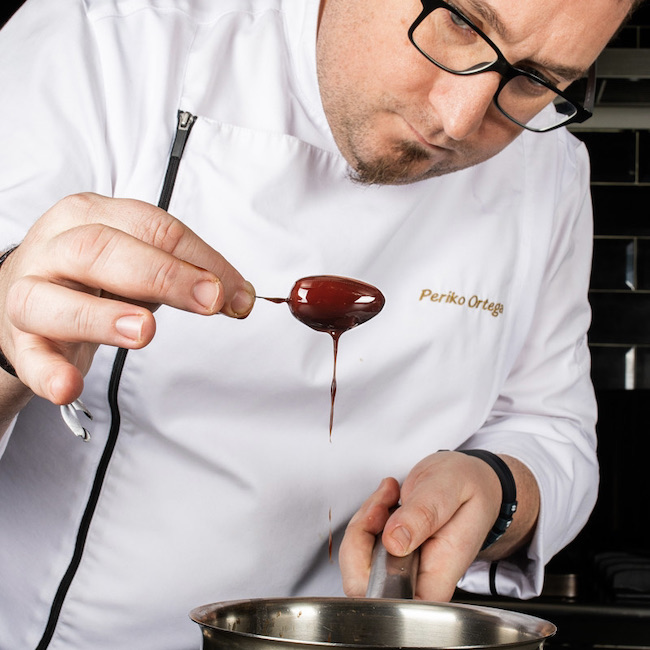
Tomás de Soto Rioja, with an Iberian pork-producing background, became an Andalusia expert, working in the certification of wines and sherry vinegar, as well as being a spokesperson for Jabugo DOP. He helped create the De Menú Denominaciones de Andalucía, valuing “not just the chef, but the product, through simplistic cooking and pairings…to promote premium Andalusian products in trade fairs internationally”.

Ok let’s dive in! What flavors best characterize Andalusia for you?
For Periko, the flavors recall his roots - “I feel it in my blood. Flavors for me are the liquid gold - the aromas found in olive oil. Andalusia is sofrito, it is tradition, it is wine and carne ibérica. We have the best prime produce, the best fish, pork and vegetables in the world, the best fruit and red berries - we are privileged for cooking”. For historical context, Tomás adds that “long before the Romans arrived in Spain, Cádiz was formed by the Phoenicians. With the Roman influence came wheat culture and cereals, and also grapes, which made up an important part of their diet. The olive was also fundamental to them as a healthy energy source”.
Can you please tell us something about these typical dishes?
Salmorejo Cordobés:
Periko explains that this dish is an icon of Córdoba’s cuisine, “and derived from zamora - a cold soup of bread, garlic and oil. The obvious next step was to add tomato. I believe that, made with the best ingredients, it's always a success”. Tomás recollects - “I’ve worked in the Andalusian countryside and in the summer at midday, the heat is breathtaking - even in the shade. Eating a salmorejo with bread is the best - you won’t need anything else''.
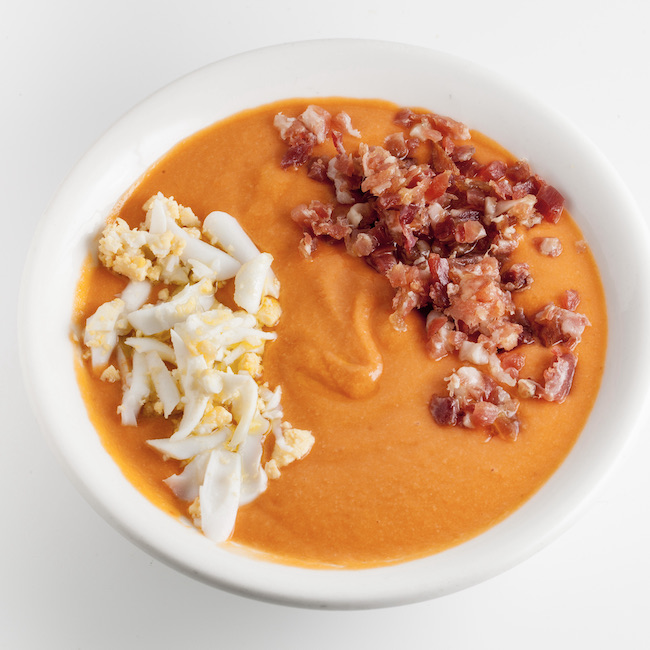
Tortillita de Camarones:
Periko quips, “this is so Andaluz. The essence of fried food of Andalusia - in Cadiz, this marvelous snack, with chickpea flour, garlic, parsley and camarones, is a crunchy appetizer”. Tomás notes that this is “very coastal Andalusia. Camarones are small shrimp that can’t be peeled, so they are eaten whole. You can cook them in oil with a little salt like an Andalusian aperitivo. Or, make a papuchita (flour and water paste) with garlic, parsley and salt. After introducing the camarones, spoon the mix into hot oil to make a very fine, crunchy cracker. I’d have them with a Manzanilla-Sanlúcar de Barrameda".
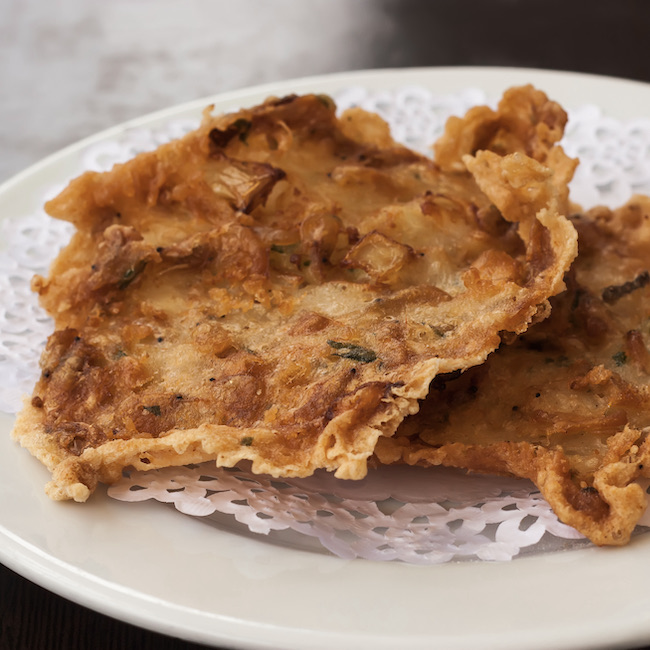
Berenjenas con Miel:
Periko describes this dish, as “Eggplant cooked like a sweet in Extra Virgin olive oil, with Miel de Caña Nuestra Señora del Carmen from Malaga, or with flower honey as an alternative”. Tomás says it is a characteristic dish with a mix of flavors “the contrast that the honey gives, as an aperitivo, is magnificent. I’d have this with a palo cortado sherry”.
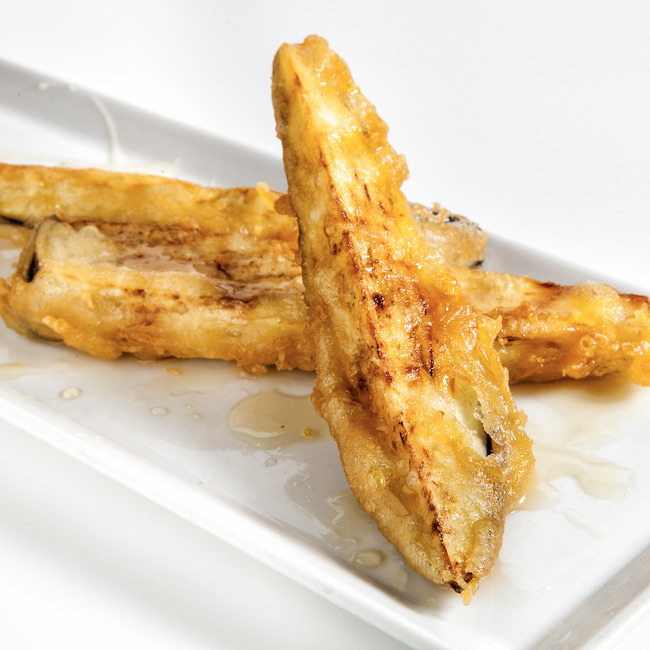
Habitas con Jamón:
The habitas - green beans - are in season right now and, as Periko delights, “I have childhood memories of skipping football in the evening to gather these beans in my sweatshirt, and of me and a friend eating them raw. For me it marks the end of winter and the start of spring. This dish is so simple - beans lightly sauteed in Extra Virgin olive oil, then add jamón ibérico de bellota”.
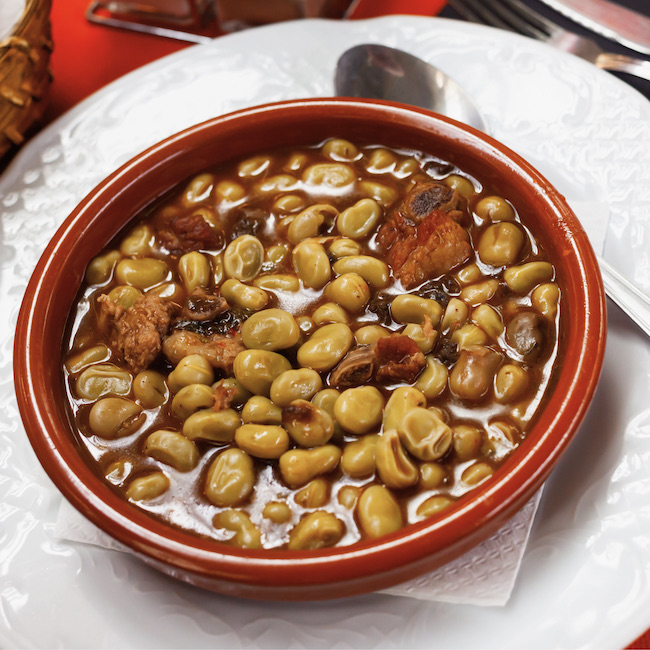
Huevos a la Flamenca:
Tomás earmarks this as “a dish for sustenance, Andalusia has always been an impoverished region, so huevos a la flamenca feed the people. Take a terracotta dish, put it on the heat, with a sofrito of tomato or whatever vegetables you have, and then add an egg, a little chorizo or jamón, cook it until just enough remains to dip bread into”.
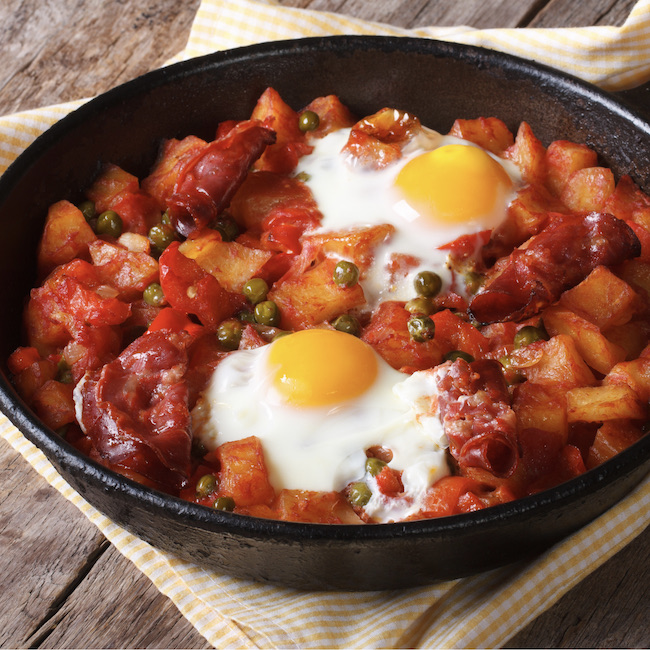
Fino o Manzanilla:
Both of our gourmets agree - “using grapes like Pedro X and Palomino Fino, in big American casks, the flor does a biological feat that is literally not the same anywhere else in the world”. Says Periko - “Imagine 20 years of aging, plus the sun that bathes our wines”. Tomás adds to the sentiment - “Sherries such as Finos, Manzanillas, Amontillados, Pedros X etc. These are all generoso wines that come from crianza biologica. Oporto, Soter, and Tokaji, are other fortified wine producing regions in the world. But, in Andalusia, we have managed to produce this type of wine that is dry. This aging has a microclimate in the sherry triangle that makes it unique in the world. Time is the key and in our modern society, time is the only thing you can’t buy with money”.
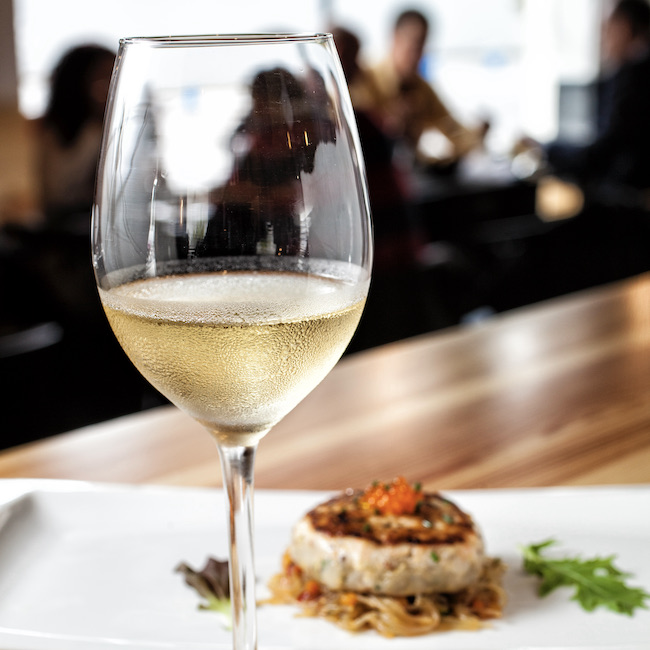
In 2022, Sanlúcar de Barrameda won the City of Gastronomy Award. How did the people of Andalusia react, along with its visitors?
Of course, admits Periko, “We were super happy. I have to visit Sanlúcar at least once a year, for a manzanilla and to eat shrimp at Bigotes. It is a corner of the world that does not resemble anywhere else” and Tomás takes the same tone “Sanlúcar de Barrameda has its own very particular wine - manzanilla - which would win the prize by itself. If you include the local river shrimp, it's an authentic luxury - once in a lifetime - and you have to try it”.
Dia de Andalucia - Andalusia Day - is celebrated on February 28th. What food and wine would you recommend to toast the occasion?
For Periko, “The most important thing is to celebrate with family. I would get a great Amontillado sherry, I would get some jamón ibérico de bellota de Andaluz, some habitas verdes with Extra Virgin olive oil and lots of Andaluz wine”. For Tomás “It has to have a generoso wine from Andalusia - whichever one you prefer - then bread to dip in a plate of Extra Virgin olive oil. The trend at the minute is arbequina but there are many spectacular varietals. Accompany it with a good jamón - Jabugo or Pedroche”.
Many thanks to Periko Ortega and Tomás de Soto Rioja for sharing Andalusia with us!

